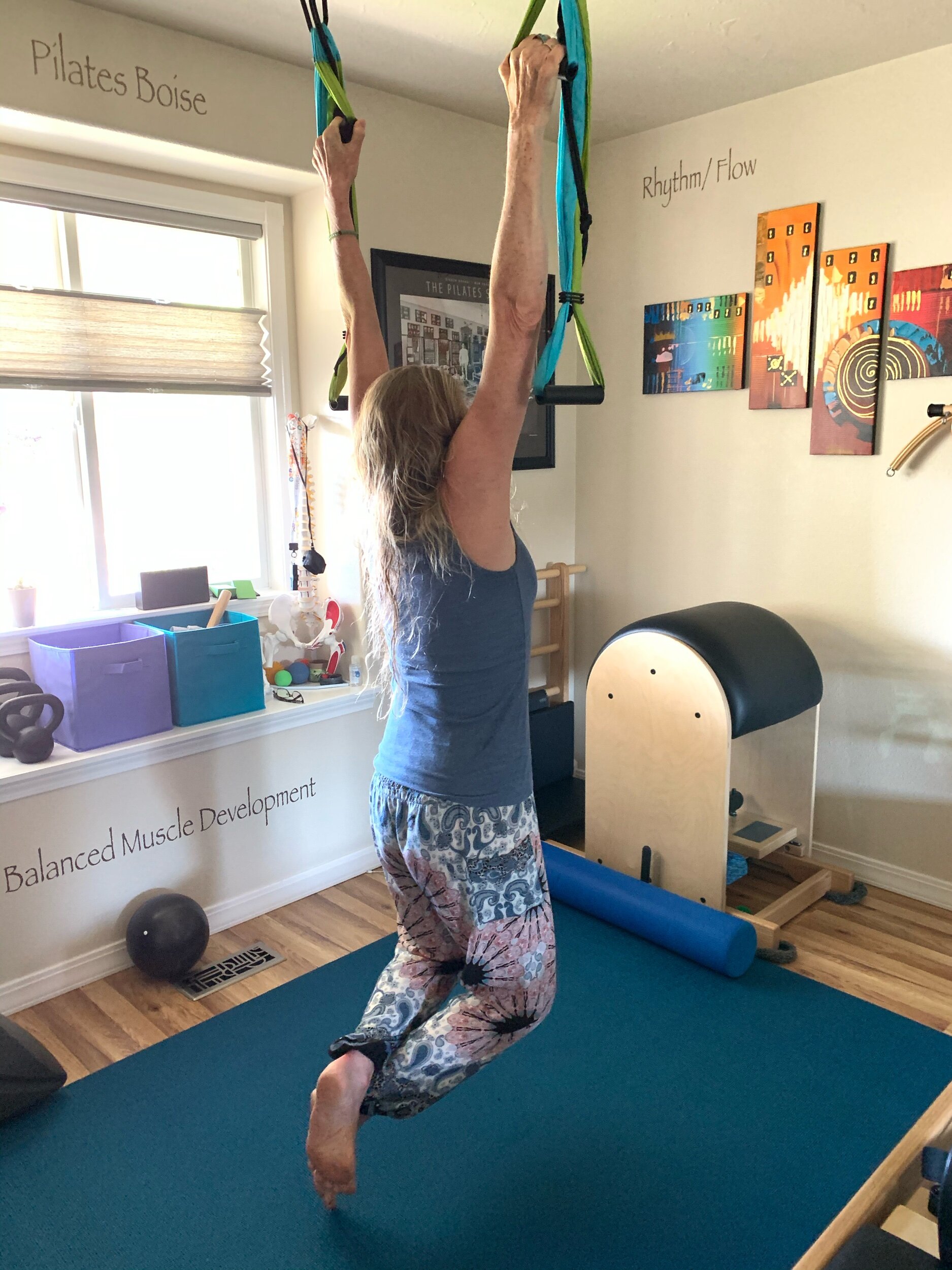Article by: Sheila Olson
Photo via Pexels
Many people think that your life has to slow down as you get older - but today, more and more seniors are embracing the idea of “active aging.” You can pick up new healthy habits and hobbies regardless of your age. For example, you can start building your strength and flexibility by taking classes at Pilates Boise! Here are a few ways you can pursue active aging to look and feel your best.
Head Back to School
No matter your age, you can always set new goals for yourself. There’s no limit on what you can achieve! For instance, maybe you were always interested in earning your master’s degree, but until recently, you didn’t have the time or money to make this commitment. But if you have the opportunity to go back to school now, you could choose an online program.
If you’re interested in furthering your career in business or transitioning into this field, you could explore online MBA programs. By going through an MBA program, you’ll learn about business management and strategy. You’ll also enhance your leadership skills and become more confident when it comes to self-assessment.
Exercise Regularly
Even if you’ve never exercised regularly before, you can start today! By trying out different forms of exercise, you can figure out what kinds of workouts you genuinely enjoy. Workouts like yoga, swimming, or Pilates can benefit your whole body! Very Well Fit states that Pilates is an appropriate workout for all ages, and doing Pilates can help you increase your flexibility, improve your core strength, build your muscles, and even enhance your posture.
Eat a Nutritious Diet
Eating a healthy diet is important at any age - but it’s especially crucial for people who are approaching their golden years. You may want to focus on foods that provide anti-aging benefits and help to protect against disease. For instance, Eating Well recommends eating lots of vegetables, fruits, whole grains, legumes, whole grains, and low-fat forms of protein like fish. You may also want to supplement with certain vitamins and minerals, but it’s always a good idea to check in with your doctor first. Ideally, you want your meals to look colorful - by “eating the rainbow,” you’ll get the nutrients you need!
Take Vacations
Everyone needs time to step away from the hustle and bustle of daily life and recharge. You’ve worked hard for decades, and now, it’s time to reward yourself for it. Whether you’re still in the workforce, or you’ve already retired, you should plan a well-deserved vacation - you’ve certainly earned it! Maybe you want to travel to a nearby state, or you’re ready to get out of your comfort zone and book an international trip. Either way, taking a vacation will help you feel truly revitalized.
Spend Time Unplugged
People of all ages spend lots of time online today. Maybe you’ve shifted to working remotely, or maybe you catch yourself spending long hours looking at screens even if you’ve left the workforce.
As the years go on, you’ve probably realized that there are better ways to spend your time - but it can be tough to break away from this habit. Why not try taking a short break from the internet in order to start curbing your screen time? By “unplugging” from the internet for a few days, you can begin managing your time more efficiently.
Life does not cease to be fun or exciting at a certain age. From making healthy lifestyle changes to trying out new activities, you always have the chance to turn over a new leaf. By giving some of these ideas a try, you’ll be able to make the most of each passing year!
Ready to commit to a fitness routine? Sign up for classes at Pilates Boise! Email us today at kelly@pilatesboise.com to get started.


















